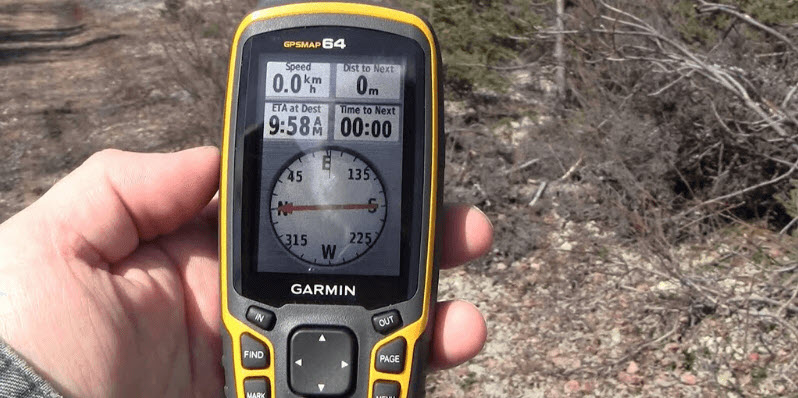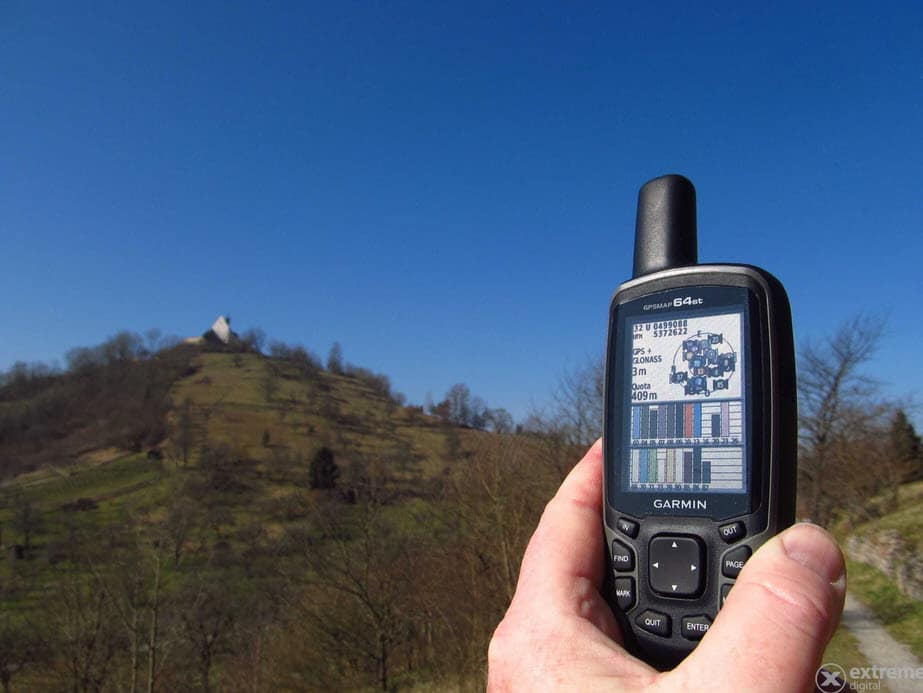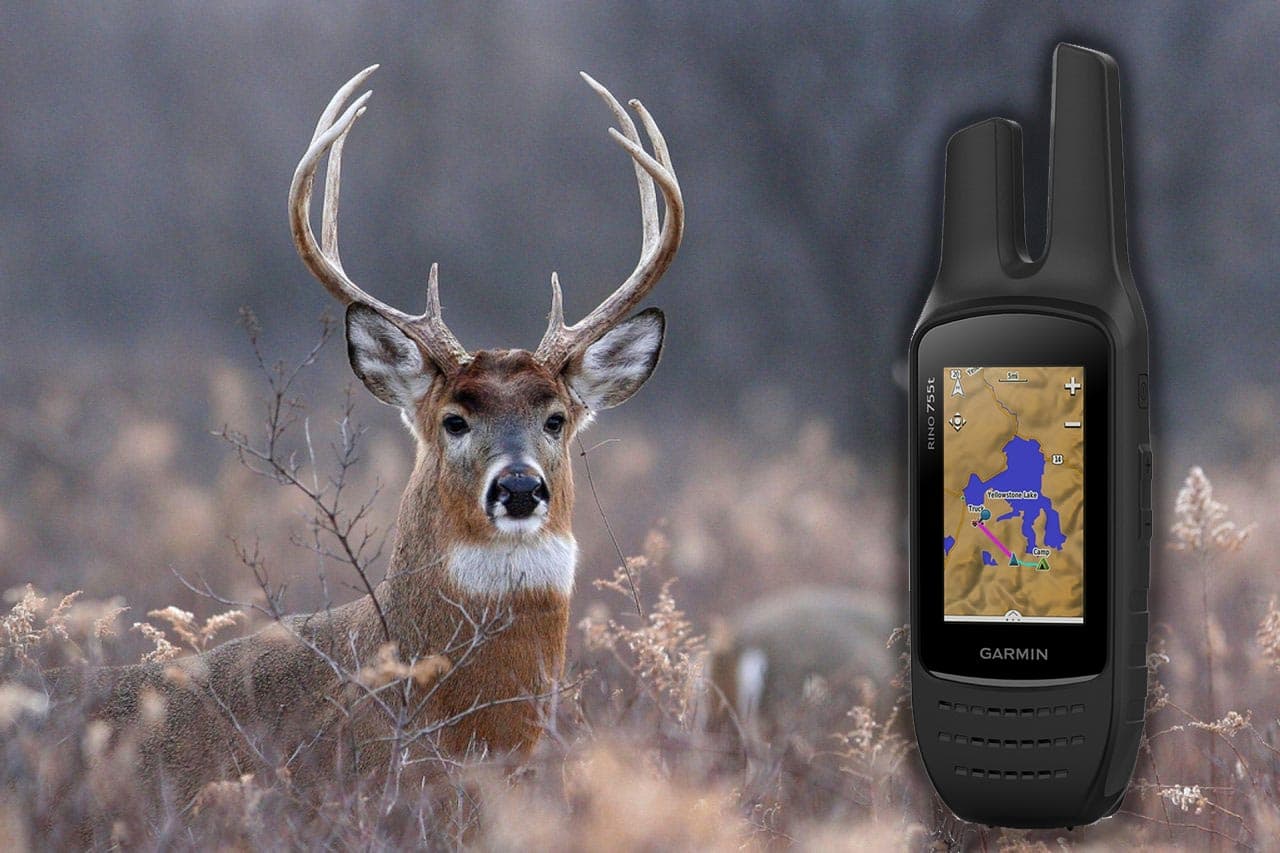
Page Contents
8+ Features That Really Make the Difference
The modern hunter has learned really fast that advanced technology is there for their use, and using it doesn’t make them less of a hunter. To the contrary, it’s for your advantage to use the latest technology for hunting. After all, there’s always a place for improvement.
The variety of models may be confusing, especially if it’s the first time you use a handheld GPS device for hunting. Accuracy, technology, augmentative navigational systems (GLONASS along with the GPS), 3-axis electronic compass, or ease of use are some of the most apparent aspects you want in a handheld GPS for your hunting.
See also: Should deer Hunters Carry a Handheld GPS?
Some units come with numerous features, and each of them is sold as a “must-have” for its performance. Bells and whistles aside, though, which of these features will truly count for you? Here’s our take on which features are worth paying the extra buck.
1. Mobile/satellite comms
Some GPS units ensure access to satellite connections and mobile for emergencies or tracking. They will send data (“Help!” Or “last known location!”) Over the networks. Devices mobile-based will still need a mobile phone data connection and will cover most areas. In some zones, the black spots may occur. Satellite run theoretically everywhere, but the sky has to be precise. You will need an annual subscription for maintaining the service active, with satellites being more expensive than mobile devices.
Bluetooth or connect to a mobile phone, are needed to complete this feature. Both devices have to be on, close to each other, and connected. The accuracy may not be the same as with the GPS device, and you will need an annual subscription. Which one is it going to be?
See also: Garmin GPSMAP 64st, TOPO U.S. 100K with High-Sensitivity GPS and GLONASS Receiver
2. Waypoints or POIs
Transferring a list of exciting features or adding your record can make an activity a lot more appealing. A set of points for Geocaches, where physical points aren’t easy to find, is one to name. Many of the handheld GPS models for hunting allow you to import POIs in different formats, displaying them as icons on the map. You need to search for the devices that are compatible with Geocaching. It’s a feature you want to have, even if you’re an entry-level user.
3. Weather reports
Handheld GPS units with data connections (through Bluetooth or built-in) will obtain external data, with weather reports as the most important while hunting. It’s always wise to know if there’s a storm coming later in the day to find shelter. It’s a must-have feature for the active hunter who still wants to be prepared if you ask us.
4. PC software
The majority of modern handheld GPS units feature software so that you may add maps. They also give you the possibility to plan your routes, organize your maps and waypoints. You only need to see if the device comes with a version for your computer. Typically, the software isn’t in the box, and you will have to download it. Is it a must-have? Only if you like living in the 21st century.
5. Memory/storage
Maps will consume a lot of memory, so you need to make sure that you have enough for the maps you will use. Some devices come with external memory cards, whereas others feature internal memory exclusively. There’s also the category of units that provide both types of memory.
External memory cards are easy to change once they’re full, whereas you will need a data connection for swapping maps with internal memory. Recording your favorite routes will take up some space, and some units will allow you to store a limited amount. The memory capacity may be the only limitation for other devices.
However, if flexibility is essential for you, you should get a GPS device with decent internal memory and expandable memory with an SD card slot. If you travel a lot for hunting, it’s a must-have for your GPS device.
6. Cameras
When your handheld GPS unit comes with a built-in camera, you no longer need to carry a camera. Plus, the photos are automatically tagged with the accurate location. Later on, you will be able to create a trip scrapbook.
The higher the MP (megapixels) of the camera, the more detailed the photo will be. Is it a must-have? Probably only if you like taking pictures all the time.
7. Touchscreen
Today, pretty much every modern gadget comes with a touchscreen, and young hunters go for the GPS devices with touchscreen (only when they’re not using the GPS app on their smartphone, that is). Touchscreens are user-friendly, but they’re difficult to operate on a cold-weather while wearing some warm mittens. Touchscreens on handheld GPS units are specially made for rugged outdoor use while you’re also wearing gloves. Accuracy will not be the same, nevertheless.
The resistant touchscreen will handle the rain, but the responsivity will be altered. Also, touchscreens can only perform one task at a time, so you may want to reconsider if the touchscreen is essential for your GPS device or not (probably not).
8. Chargers
The majority of handheld GPS devices for hunting come with USB cables, utilizing typical USB micro connections. Some of the units out there may require a particular charger (it comes with the device), so you need to pack it when traveling. Many models come with mains charger, but allow you to use a USB battery pack, car charger, or anything similar. Proprietary cables are available, but they’re not very functional nowadays. Are chargers a must-have? We sure think so.
Is connectivity essential for the handheld GPS units?
We need to take a look at the various ways of connection, for a better understanding:
Wi-Fi
The possibility of connecting your GPS to Wi-Fi is excellent, especially since it’s challenging to connect to a computer. You will be able to get weather updates, synchronize routes, activities, and such with Wi-Fi connectivity, so you shouldn’t skip it.
USB
The majority of handheld GPS units let you connect them by USB cable to a computer to upload maps and download route information. They look like a regular USB driver, but they may require a particular software package for downloading the maps. Is it a must-have feature? We don’t even need to answer this one.
Ant+ and Bluetooth
They ensure connection to external equipment (heart rate, for example). You may use the Bluetooth for connecting the GPS to a compatible mobile phone, accessing the data services as you go. Typically, you may combine the sensors and the GPS units from various brands, but only if they utilize the same technology. Bluetooth, Ant+, Bluetooth Low Energy, or Bluetooth Smart Logos are some to name.
What’s the conclusion?
It would be best if you never held back from spending the extra buck for the extra-features on the GPS unit. Even if you don’t use them all at first, it’s only a matter of time until you understand that technology makes you a better hunter, in the long run.








